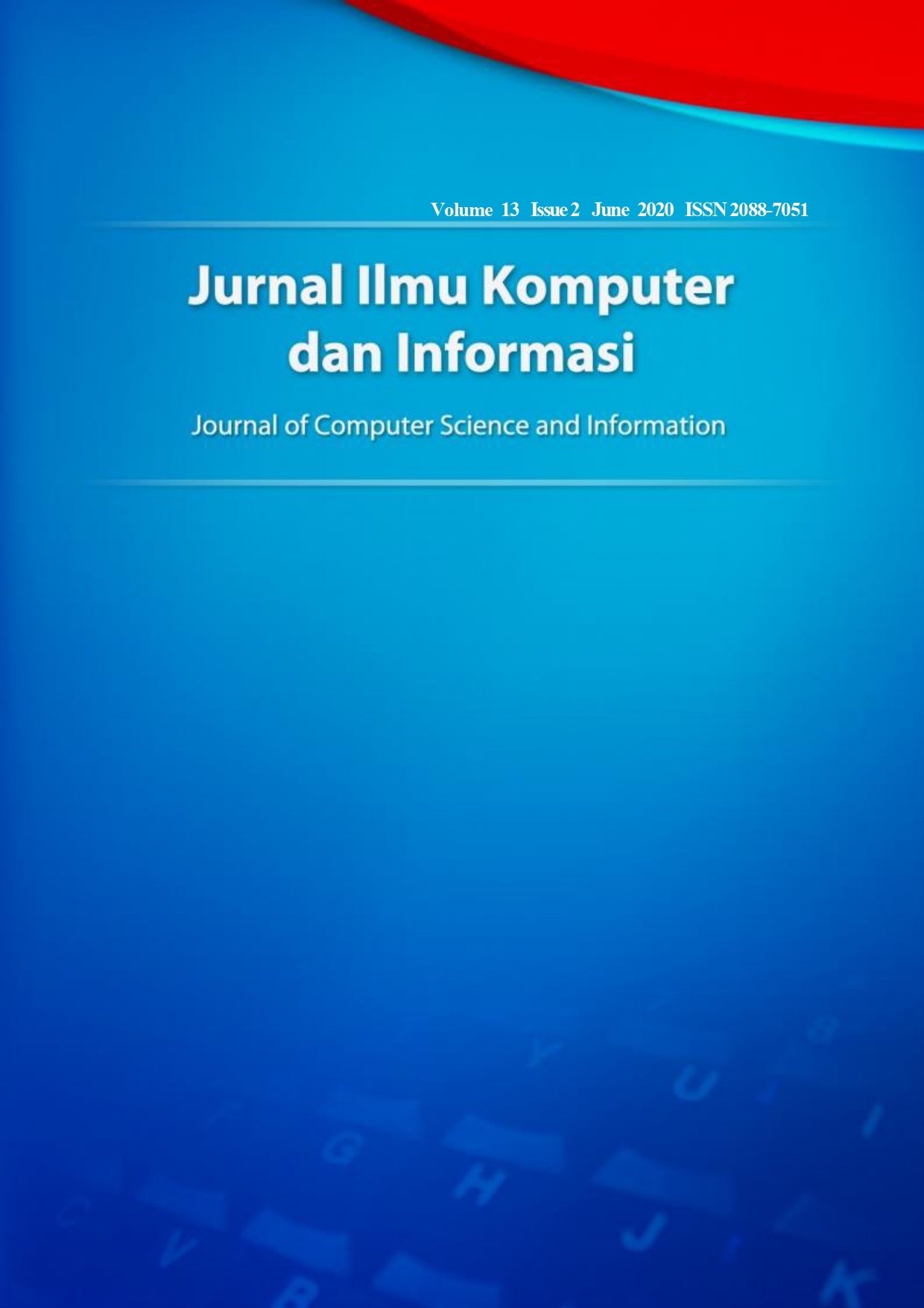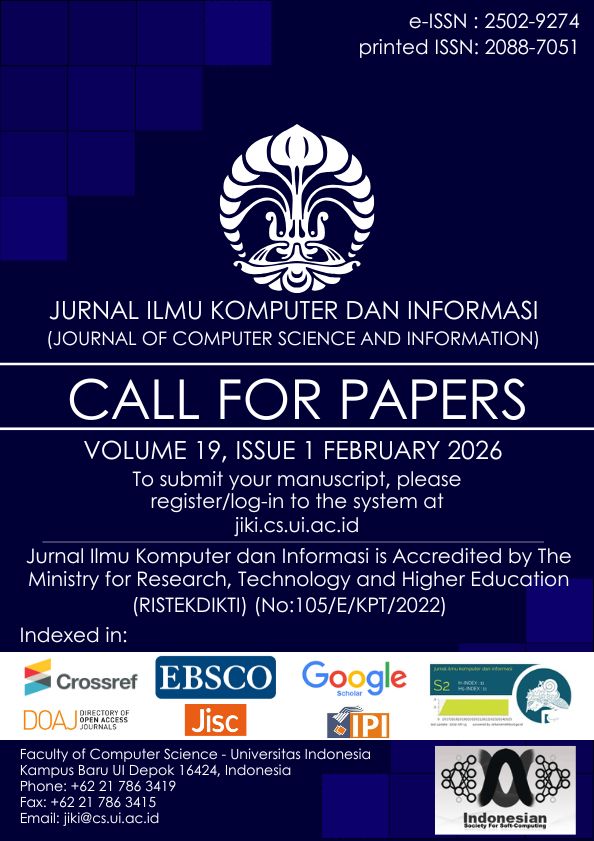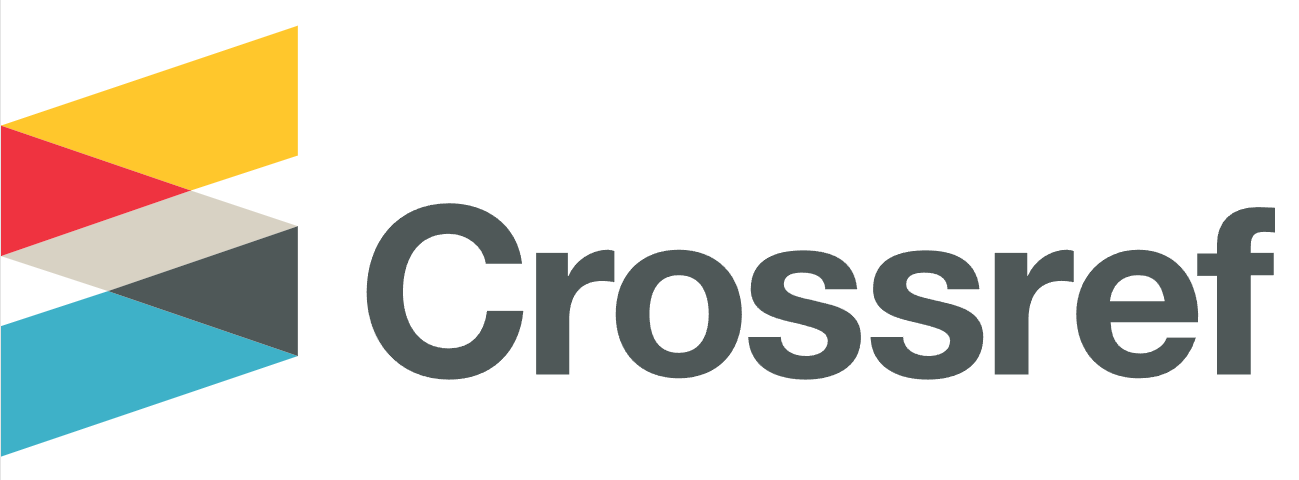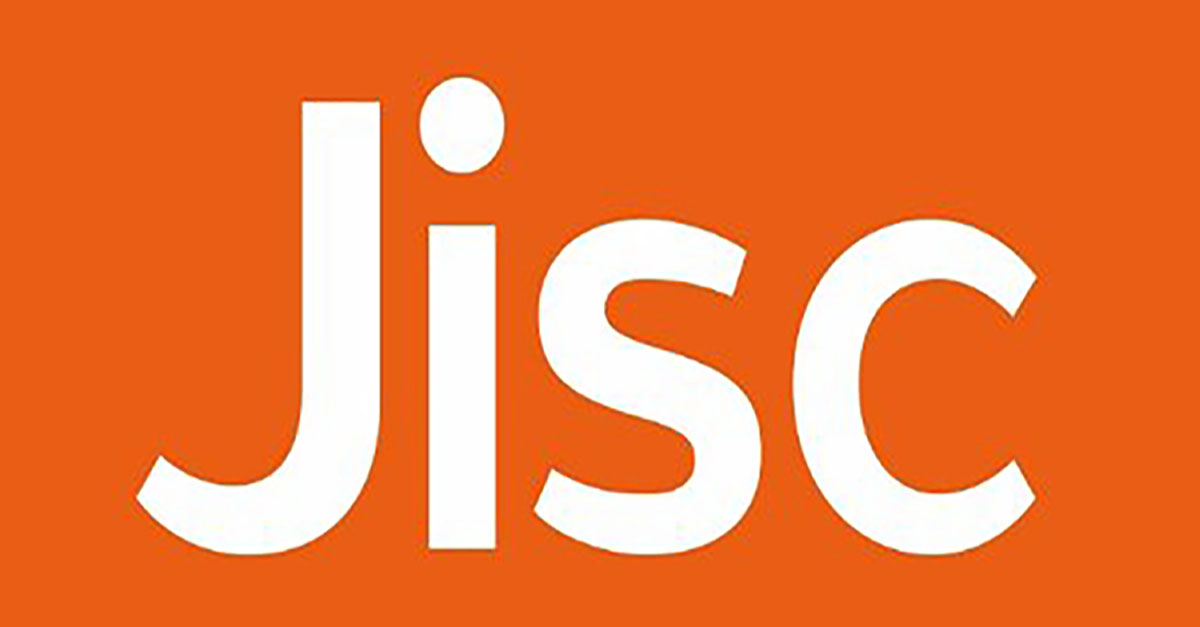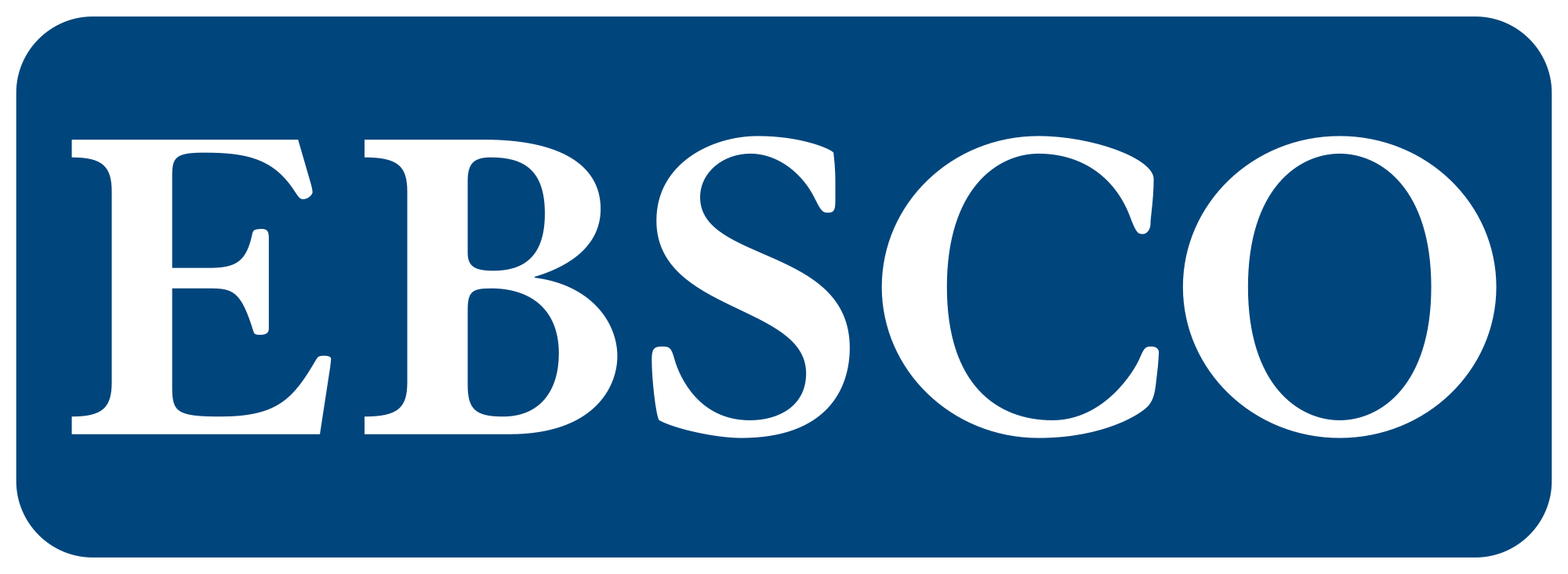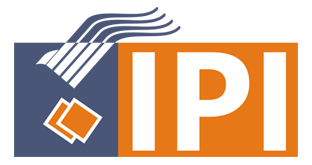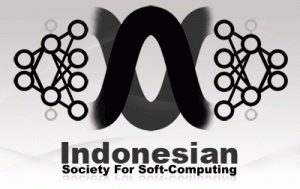GESTURE RECOGNITION FOR PENCAK SILAT TAPAK SUCI REAL-TIME ANIMATION
DOI:
https://doi.org/10.21609/jiki.v13i2.855Abstract
The main target in this research is a design of a virtual martial arts training system in real-time and as a tool in learning martial arts independently using genetic algorithm methods and dynamic time warping. In this paper, it is still in the initial stages, which is focused on taking data sets of martial arts warriors using 3D animation and the Kinect sensor cameras, there are 2 warriors x 8 moves x 596 cases/gesture = 9,536 cases. Gesture Recognition Studies are usually distinguished: body gesture and hand and arm gesture, head and face gesture, and, all three can be studied simultaneously in martial arts pencak silat, using martial arts stance detection with scoring methods. Silat movement data is recorded in the form of oni files using the OpenNI ™ (OFW) framework and BVH (Bio Vision Hierarchical) files as well as plug-in support software on Mocap devices. Responsiveness is a measure of time responding to interruptions, and is critical because the system must be able to meet the demand.
Downloads
Published
How to Cite
Issue
Section
License
Authors who publish with this journal agree to the following terms:
- Authors retain copyright and grant the journal right of first publication with the work simultaneously licensed under a Creative Commons Attribution License that allows others to share the work with an acknowledgement of the work's authorship and initial publication in this journal.
- Authors are able to enter into separate, additional contractual arrangements for the non-exclusive distribution of the journal's published version of the work (e.g., post it to an institutional repository or publish it in a book), with an acknowledgement of its initial publication in this journal.
- Authors are permitted and encouraged to post their work online (e.g., in institutional repositories or on their website) prior to and during the submission process, as it can lead to productive exchanges, as well as earlier and greater citation of published work (See The Effect of Open Access).
